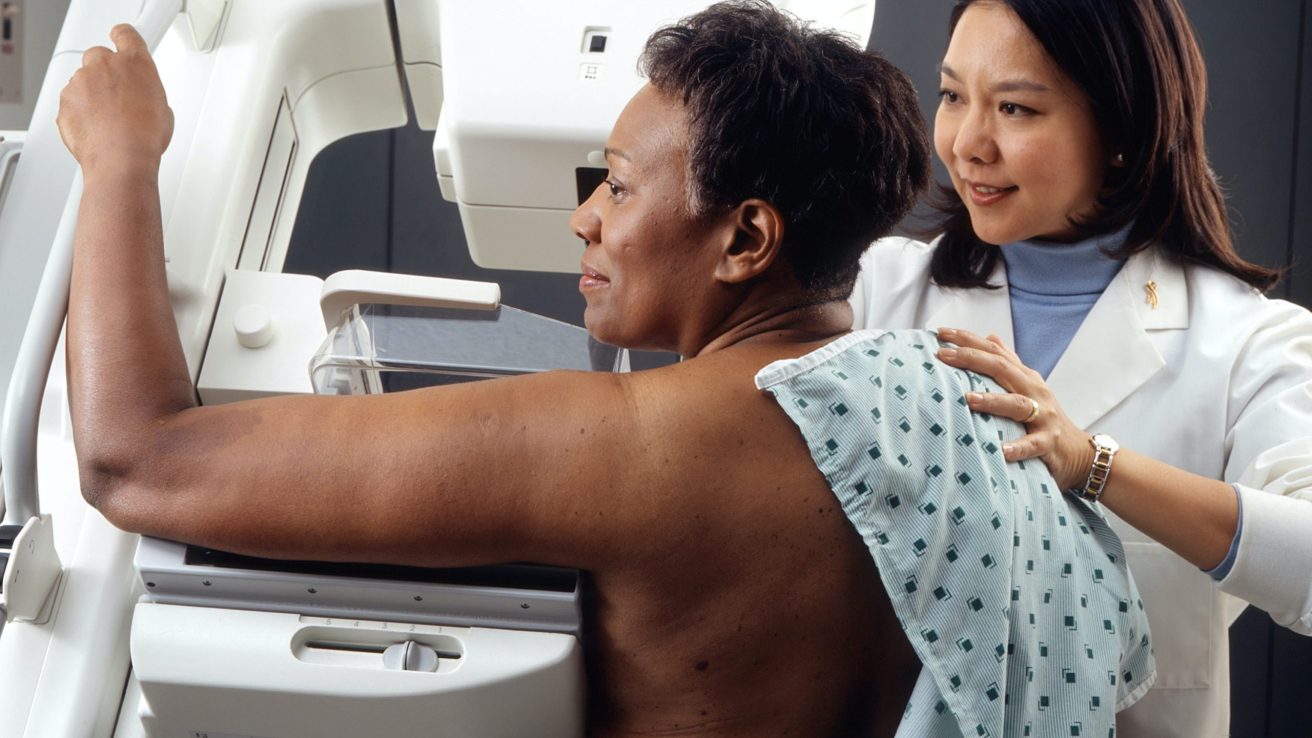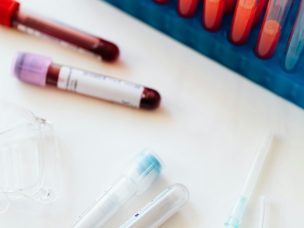Recruitment and enrollment of diverse participants representative of the general population are essential to gain meaningful insight into novel drug therapies. Oncological studies have been previously noted as lacking gender balance, which can result in skewed clinical trial results.
This study, published in the Journal of Clinical Oncology, focuses on drug registration trials in particular, as they are the basis for drug approval and inform prescription guidelines. The study includes trials that supported the Food and Drug Administration approval of oncology medications over a five-year period.
The information used for this research was limited to prescribing information for new drugs approved from 2014-2018, without including sex-specific cancers. Prevalence estimates were determined based on data from the Surveillance, Epidemiology, and End Results database.
The researchers developed a Participation-to-Prevalence Ratio (PPR) by dividing the number of women in the trial by the percentage of women present in the overall disease population. They noted that a PPR of one represents even gender distribution, and values in the 0.8-1.2 range are considered acceptable.
Of the 56 trials surveyed by this team, 38, or 68%, had a PPR within the 0.8-1.2 range, while 15 (27%) had a PPR of 0.4-0.7, and 3 (5%) had a PPR of 1.3. The proportion of trials that had uneven gender distribution did not improve over time.
The researchers concluded that women were underrepresented in the majority of the trials. Phase I-II trials had an even higher rate of gender disparity. A call to action is made advocating for further research to understand the implications of gender disparity in oncology drug registration trials and devise strategies to prevent future disparities [1].
Source:
[1] Zettler, M., Feinberg, B. A., Kish, J., & Gajra, A. (2020). Gender-based disparities in clinical trials supporting FDA approval of oncology drugs. Journal of Clinical Oncology, 38(15_suppl), 2058. https://doi.org/10.1200/jco.2020.38.15_suppl.2058









